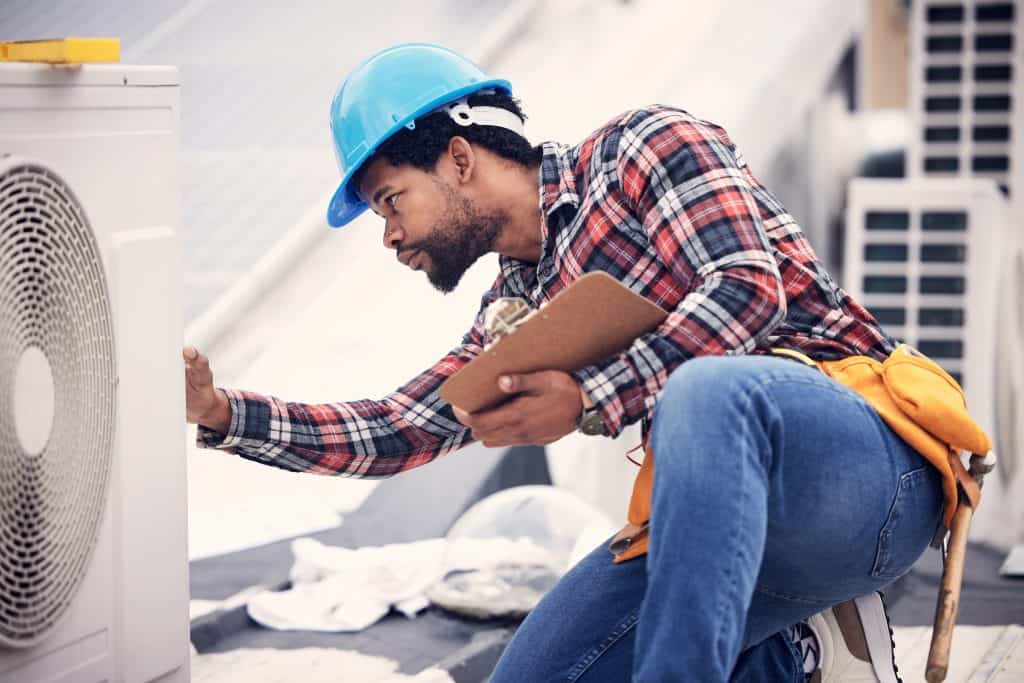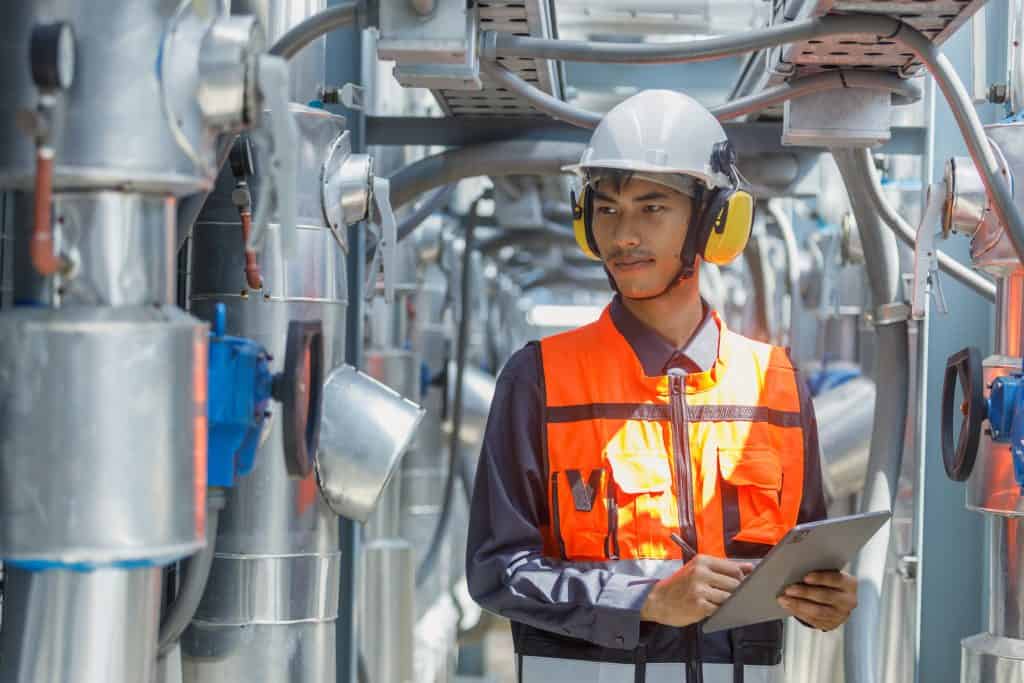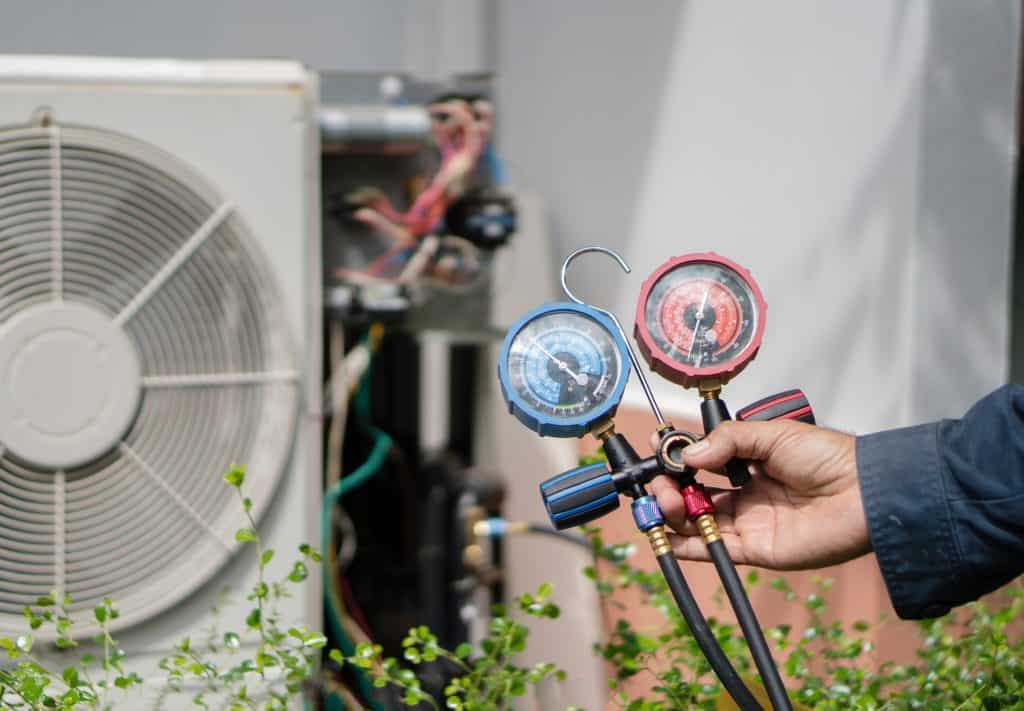
Hear from Our Customers

You’ve dealt with mold. You’ve paid for remediation. Now you need to know it actually worked.
That’s where proper air quality testing comes in. We don’t just tell you the air looks fine – we prove it with laboratory analysis that shows exactly what’s floating around in your home. No guessing. No hoping. Just clear data about whether your family is breathing clean air or still dealing with contaminated indoor air.
When we’re done, you’ll have documentation that your remediation was successful and your home has returned to normal fungal ecology. That’s not just peace of mind – that’s proof you can bank on.
We’ve been serving Huntingdon Valley families for years, and we’ve learned something important: the company that does your remediation shouldn’t be the same one testing whether it worked.
That’s why we focus exclusively on testing and inspection. No conflict of interest. No reason to tell you everything’s fine when it’s not. We’re here to give you honest answers about your indoor air quality.
Our team knows Huntingdon Valley homes. We understand how Pennsylvania’s humidity and seasonal changes affect indoor air quality, and we know what to look for when verifying that mold problems have been properly addressed.

We start with a thorough visual inspection of your home, checking all the areas where mold was previously found and looking for any signs of remaining moisture or growth.
Next, we collect air samples from multiple locations – both inside the work areas and outside them. This tells us whether the remediation was properly contained and whether airborne contaminants are still present. We also take surface samples from any areas that look questionable.
All samples go to an independent laboratory for analysis. Within 1-2 business days, you’ll get detailed results showing exactly what’s in your air. If everything checks out, you’ll receive a clearance certificate. If we find issues, we’ll tell you exactly what needs to be addressed before your home is safe.

Ready to get started?
Your air quality testing includes visual inspection, moisture assessment, and laboratory analysis of air and surface samples. You’ll receive a detailed written report that documents whether your remediation met industry standards.
Here in Huntingdon Valley, we see a lot of homes with basement moisture issues and poor ventilation – both major contributors to ongoing air quality problems. Pennsylvania’s climate means humidity control is critical, and many homes that seem “fixed” after remediation still have underlying moisture problems that weren’t addressed.
Our testing catches these issues before they become bigger problems. We’re looking for elevated mold spores, volatile organic compounds, and other airborne contaminants that indicate your home hasn’t actually returned to normal conditions. When we find problems, we document exactly what needs attention.

Air quality testing should be performed 24-48 hours after your mold remediation is complete, but before any containment barriers are removed and before any reconstruction begins.
This timing is critical because it allows enough time for air to settle while still giving you access to test all the areas that were remediated. If you wait too long or let contractors start rebuilding, you might miss problems that could be expensive to fix later. Many homeowners make the mistake of having testing done months after remediation, which makes it nearly impossible to verify whether the original work was successful.
If your air samples show elevated mold levels or other contaminants, it means the remediation wasn’t complete and additional work is needed before your home is safe.
We’ll provide you with a detailed report showing exactly what was found and where. This gives you leverage with your remediation contractor to complete the work properly. Don’t let anyone tell you to just run air scrubbers for a few more days and retest – that’s masking the problem, not fixing it. The underlying source of contamination needs to be identified and properly addressed.
While some companies offer both services, independent third-party testing provides the most reliable results because there’s no conflict of interest.
A company that performed your remediation has a financial incentive to pass your clearance test, even if the work wasn’t completely successful. Independent testing companies like us have no reason to give you false results. We’re not trying to sell you additional remediation services, so our only goal is giving you accurate information about your air quality. This independence is especially important given that about 50% of post-remediation verifications find something that was missed during the initial cleanup.
Our air quality testing identifies mold spores, volatile organic compounds (VOCs), particulate matter, and other airborne contaminants that can affect your health.
The testing specifically looks for elevated levels of different mold species compared to outdoor air, which serves as our control sample. We’re also checking for signs that remediation may have actually made things worse by spreading spores to previously uncontaminated areas. The laboratory analysis tells us not just whether contaminants are present, but what types and in what concentrations, giving you a clear picture of your indoor air quality.
Laboratory results typically come back within 1-2 business days after we collect the samples, and you’ll receive a comprehensive written report shortly after.
The report includes all lab data, our professional interpretation of the results, and clear documentation of whether your home has achieved clearance. If clearance is achieved, you’ll also receive a certificate that serves as official documentation for insurance purposes, future home sales, or any legal requirements. This quick turnaround means you don’t have to wait long to know whether your remediation was successful and whether it’s safe for your family to return to normal activities.
Yes, because mold contamination and poor air quality aren’t always visible or detectable by smell, especially after remediation work has been completed.
Mold spores are microscopic and can remain airborne even after visible growth has been removed. Some of the most dangerous molds are actually odorless, and remediation work itself can spread spores to areas where you wouldn’t expect to find them. Professional air quality testing uses laboratory analysis to detect contamination that your senses can’t pick up. This is especially important in Huntingdon Valley homes where humidity and ventilation issues can create ongoing problems that aren’t immediately obvious.
Other Services we provide in Huntingdon Valley